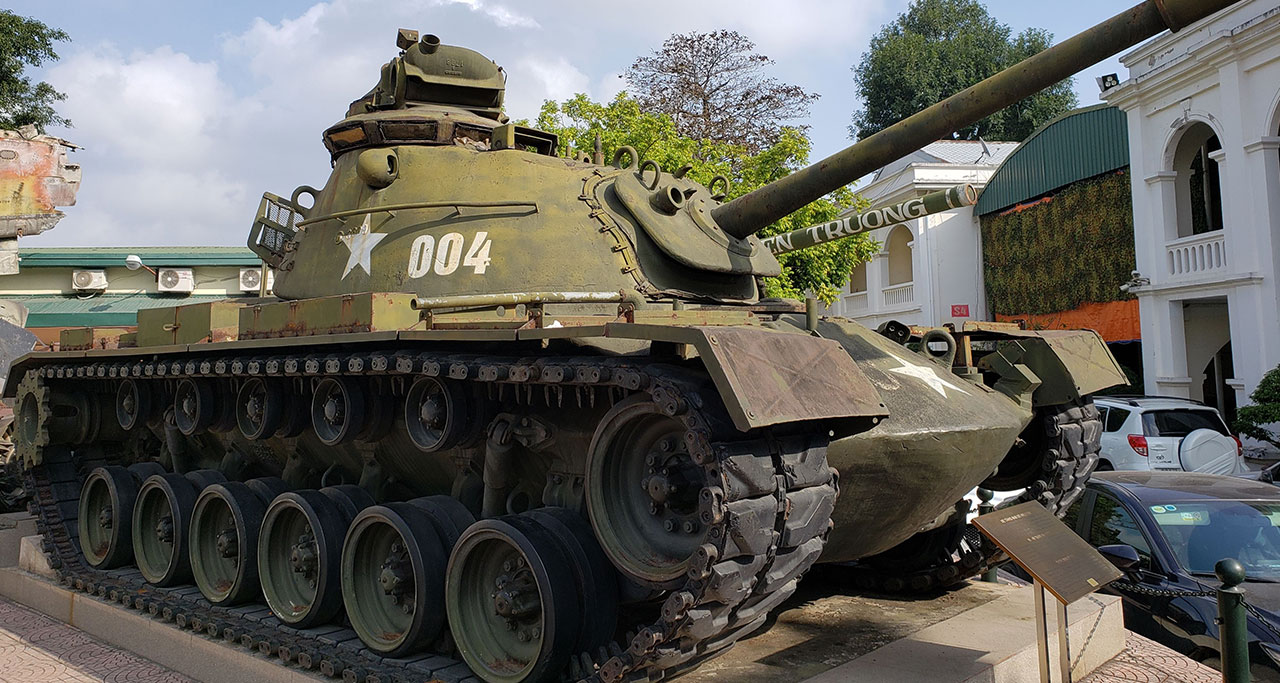
It was clear to me that they wanted to keep me alive as much as I wanted to keep them alive while performing our missions. “But I was their lieutenant, and they adopted me instantly-I mean, within a day. “They didn’t know me from anybody,” he said. “From the day I arrived in my first platoon assignment, that platoon just adopted me,” he said. He was a self-described “brand-new soldier.” Although it takes a “short while to prove your worth” to an infantry platoon in combat, Schultz said, the men of his new platoon were ready to bond with him, which he will never forget. Schultz, an Iowa native, reported to his unit in Vietnam in April 1969. “They all identify with the pieces of equipment that they carried. “We talk to Vietnam vets all the time,” he said. Schultz appreciates the care and meticulousness with which the museum staff designed the Vietnam displays. His numerous military awards include the Silver Star and two Purple Hearts. Army National Guard, has said that his perspectives as a soldier were forged in Vietnam, where he served as a platoon leader in 2nd Battalion, 22nd Infantry Regiment, 25th Infantry Division, and later as a scout platoon leader. The museum’s Vietnam section “brings back so many memories,” said retired Lt. “The feedback we’re getting is about the attention to detail.” “They connect not only with the big things but also with the little things,” said chief of exhibits Paul Morando. Roger Schultz, who served in a mechanized infantry unit in Vietnam, says the museum shows Vietnam vets how they fit into Army history.

Keeping It Real: How the National Museum of the U.S.


 0 kommentar(er)
0 kommentar(er)
